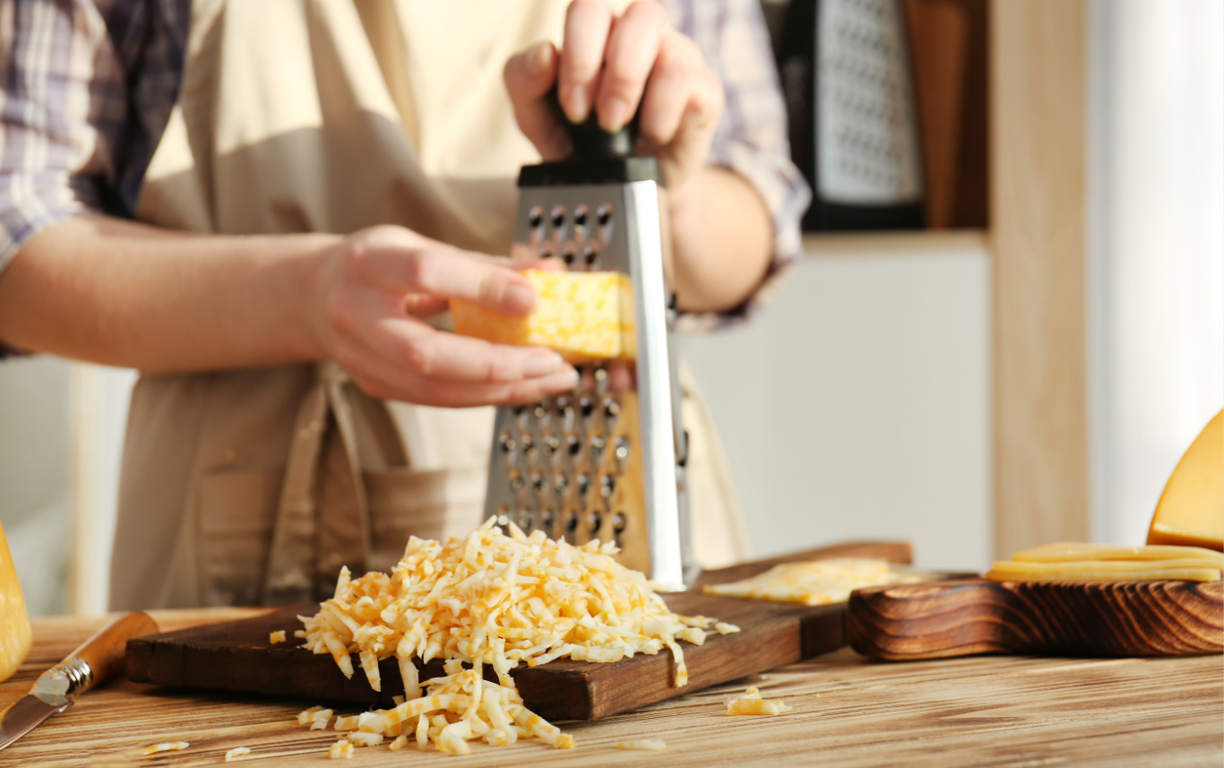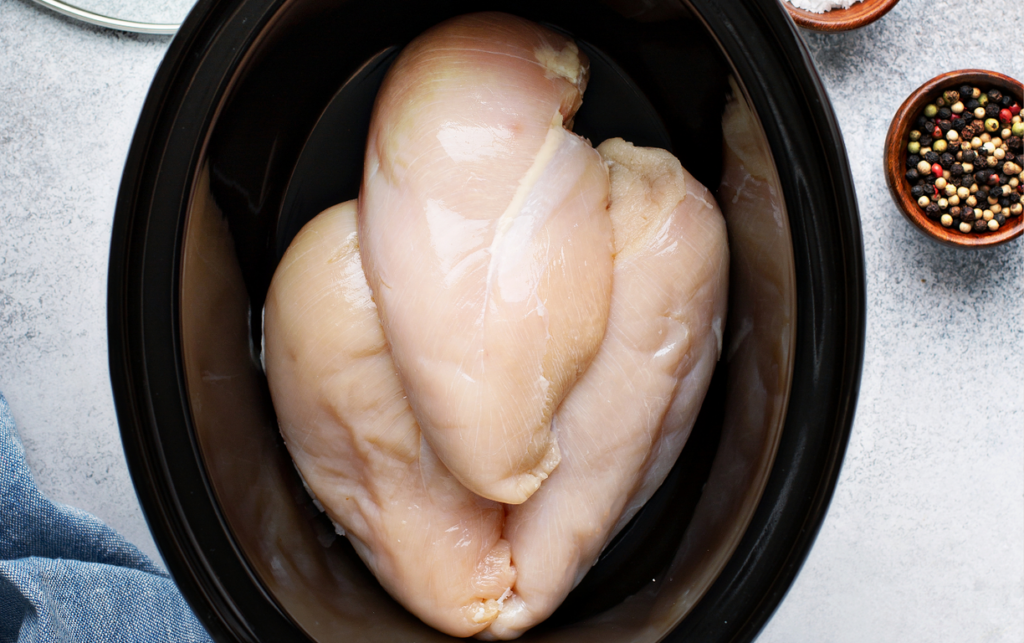Physical Address
304 North Cardinal St.
Dorchester Center, MA 02124
Physical Address
304 North Cardinal St.
Dorchester Center, MA 02124


Slow cookers are a game-changer in the kitchen, making meal prep effortless and delicious. But not all foods are created equal when it comes to slow cooking. While you might love the idea of tossing everything into the pot and letting it simmer, certain ingredients can turn your culinary masterpiece into a disaster.
Understanding which foods to avoid can save you time and prevent unwanted textures or flavors. From delicate proteins to certain vegetables, knowing what doesn’t belong in your slow cooker is crucial for achieving the best results. Let’s dive into the foods you should steer clear of to ensure your slow-cooked dishes are always a hit.
Certain foods don’t perform well in a slow cooker, affecting taste and texture. Avoiding these ingredients ensures a better cooking experience and dish quality.
Dairy products like milk, cream, and yogurt can curdle or separate during slow cooking. Using these ingredients can lead to an undesirable texture. It’s best to add dairy products at the end of the cooking process to maintain their consistency and flavor.
Lean cuts of meat, such as chicken breast or pork tenderloin, often dry out during extended cooking. Since slow cookers operate at low temperatures for long periods, these meats may become tough and overcooked. Opt for fattier meats like chuck roast or pork shoulder for better results.
Certain vegetables, such as potatoes, carrots, and green beans, can become mushy when cooked for several hours in a slow cooker. Some vegetables should be added midway through the cooking process to retain their texture. Consider adding delicate vegetables, like spinach or zucchini, near the end of the cooking cycle for optimal results.
Certain foods pose risks when cooked in a slow cooker, impacting both safety and quality. Understanding these risks ensures a better cooking experience and flavorful results.
Food safety issues arise with slow cooking, particularly when using ingredients like poultry or seafood. These foods require precise temperature control to avoid bacterial growth. If not cooked to an internal temperature of 165°F, harmful pathogens can survive, leading to potential foodborne illnesses. Additionally, avoid leaving slow cookers on the warm setting for extended periods. This practice can allow bacteria to flourish, compromising food safety.
Texture and flavor challenges come from using inappropriate foods in slow cookers. Dairy products, when added too early, curdle and alter the dish’s taste and consistency. Lean meats tend to dry out and lose flavor during prolonged cooking, so using fatty cuts enhances the overall taste and juiciness. Certain vegetables, like potatoes or carrots, may become mushy if overcooked, whereas delicate vegetables such as spinach or zucchini should be added later for optimal texture, preserving visual appeal and flavor.
To achieve optimal results with your slow cooker, focus on ingredient selection and timing. These factors play a crucial role in enhancing flavor and maintaining texture.
Choose ingredients that suit slow cooking for maximum flavor and texture. Opt for tougher cuts of meat, such as chuck roast or brisket, as they become tender during long cooking. Select starchy vegetables like potatoes and carrots, which hold up well over time. Avoid delicate ingredients, such as certain vegetables and dairy, as they can lose their desirable characteristics. For herbs and spices, add them early in the cooking process for depth of flavor but reserve fresh herbs for the last 30 minutes to preserve their potency.
Monitor cooking times closely to ensure food safety and quality. Set your slow cooker on low for 6 to 8 hours or high for 3 to 4 hours for typical recipes. Lean meats require less cooking time than fattier cuts, so adjust according to the specific ingredients. For vegetables, add those that cook quickly, like bell peppers and zucchini, in the last hour to prevent mushiness. Always use a food thermometer to confirm that meats reach safe internal temperatures, especially for poultry and seafood, ensuring you maintain food safety throughout the cooking process.
Avoiding certain foods in your slow cooker can make a significant difference in the quality of your meals. By steering clear of dairy products lean meats and delicate vegetables you can prevent texture and flavor issues. Focus on using tougher cuts of meat and starchy veggies for optimal results.
Remember to monitor cooking times and temperatures to ensure food safety. With these tips in mind you’re well on your way to creating delicious slow-cooked dishes that are both safe and satisfying. Enjoy your cooking adventures and savor the convenience that slow cooking brings to your kitchen.

Slow cookers make cooking effortless by allowing meals to simmer over time, enhancing flavors without constant attention. They are convenient for busy schedules, can save energy compared to an oven, and often produce tender, delicious meals.
Avoid ingredients like dairy, lean meats, and delicate vegetables. Dairy can curdle, lean meats may dry out, and certain vegetables can become mushy if cooked too long. It’s best to add delicate items later or to use fattier cuts of meat.
To ensure food safety, cook poultry and seafood to an internal temperature of 165°F. Avoid leaving your slow cooker on the warm setting for extended periods, as this can lead to bacterial growth. Always use a food thermometer for proper checks.
For the best results, cook on low for 6 to 8 hours or high for 3 to 4 hours. Cooking times may vary depending on the type of meat and vegetables, so adjust accordingly to achieve desired tenderness.
Opt for tougher cuts of meat like chuck roast or brisket, as they become tender during long cooking times. Fattier cuts are preferred to prevent dryness and enhance flavor in slow-cooked dishes.